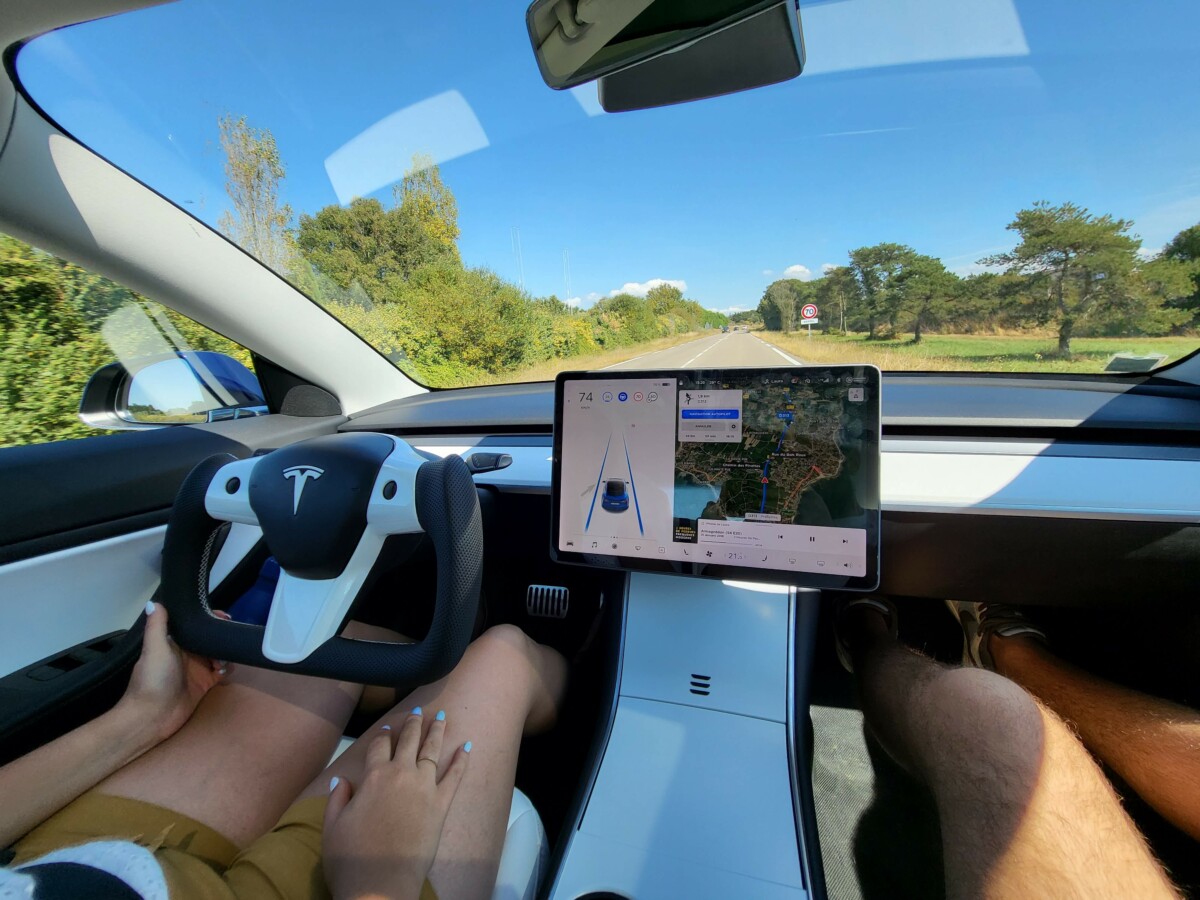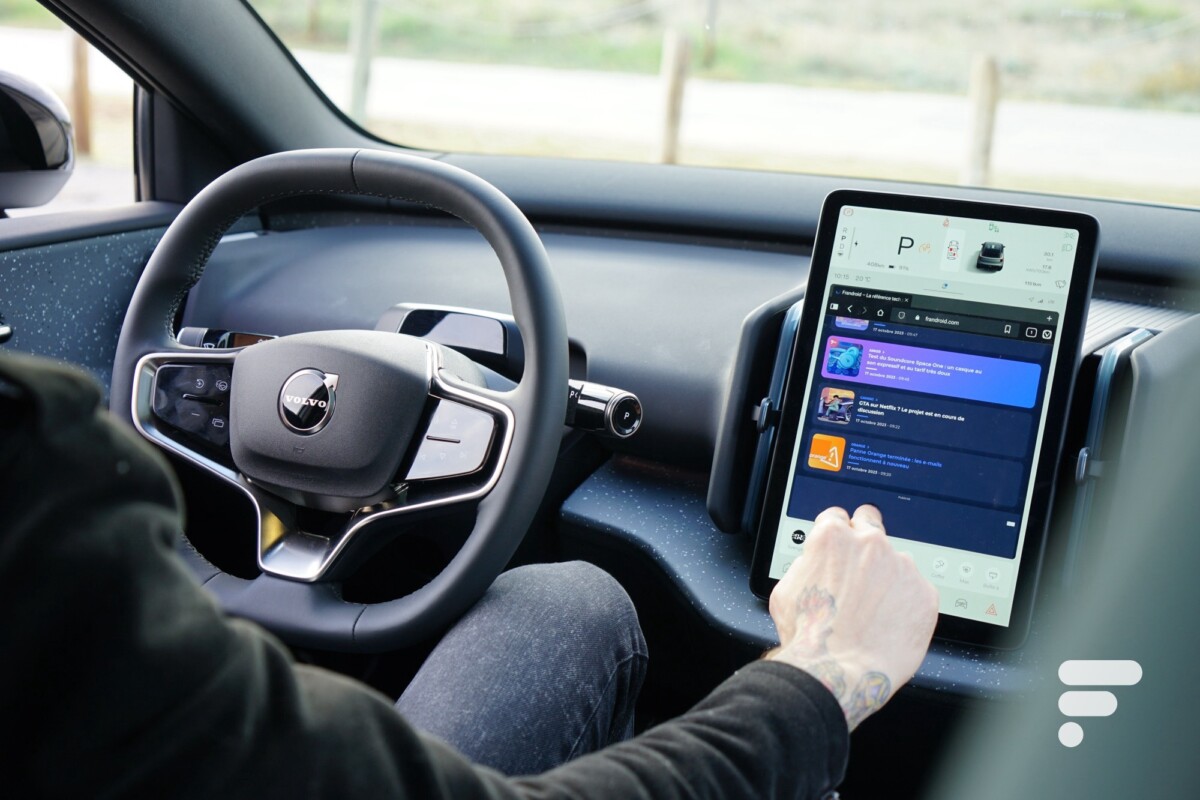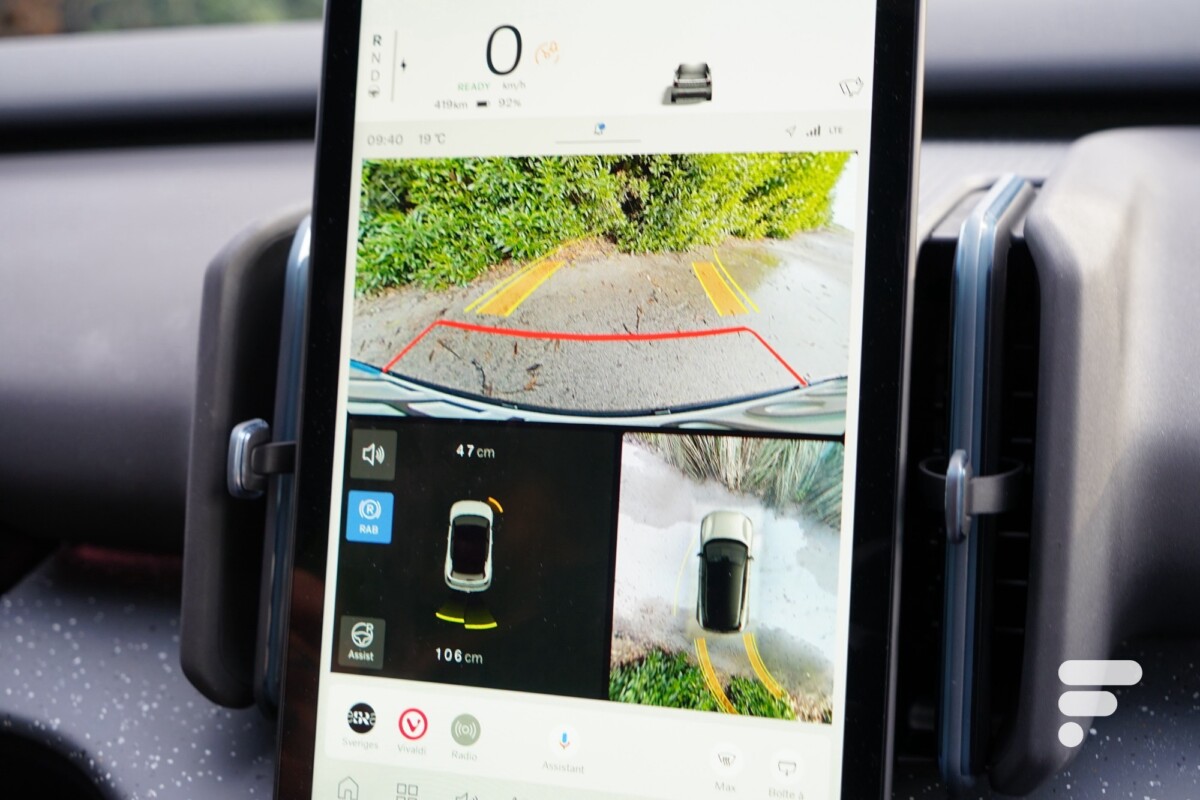From July 2024, new cars must be equipped with new driver assistance systems, in accordance with General Safety Regulation 2 (GSR2). We take stock.
From July 2024, the automobile industry will experience serious upheaval. Manufacturers will have to integrate new driver assistance systems into new cars, in accordance with the General Safety Regulation 2 (GSR2). These new standards, adopted in July 2022, aim to increase road safety and reduce the number of victims on the roads. We will see in more detail what is planned.
More expensive cars, but also more secure
The integration of these cutting-edge technologies into new vehicles will have an impact on their selling price.
But don’t worry, this increase should be offset by a reduction in direct and indirect costs linked to accidents and, perhaps, by a reduction in insurance premiums.
Much more advanced driver assistance systems
Automatic braking
Among the new features imposed by the GSR2, we find the automatic braking. This system automatically detects the risk of frontal collision with other vehicles, pedestrians or cyclists. In the event of danger, it warns the driver and, if the latter does not react, it automatically activates the brakes to avoid the accident or limit its severity.
Intelligent Speed Assistance (ISA)
Another major change:Intelligent Speed Assistance (ISA). Using a camera that reads road signs and navigation maps, ISA keeps you informed of speed limits on your journey. Of course, you can always exceed these limits, but the most advanced systems allow you to adapt your car’s speed to the regulations with the press of a button.
Keeping in lane
The lane keeping system, combined with adaptive cruise control, offers level 2 autonomous driving. It is not a simple alarm that goes off when you change lanes without activating your indicators.

No, the system must first warn you and, if you don’t react, take control of the steering or brakes to get you back on track.
Attention monitoring
An attention monitoring system, using an infrared camera, scans your face while you drive to detect signs of drowsiness.

Don’t panic, this device does not use biometric information and is based on the analysis of steering wheel movements. All data is processed locally, and is not intended to be sent to remote servers.
In any case, the attention monitoring system, using an infrared camera to detect driver drowsiness, raises questions about respect for privacy. Some drivers might not like the idea of being constantly watched by a camera while driving.
Rear zone control
Another obligation: cars must be equipped with a rear zone control system. When you are reversing, your vehicle should alert you to the presence of people or obstacles behind you.

This system can work using distance sensors, cameras, or both.
Black Box
Finally, cars will have to carry a black box recording speed, braking and other parameters before, during and after an accident.
No worries, all data collected will remain anonymous and will only be used for analysis or accident studies.
Panic stop
In the event of emergency braking, the brake lights should not only come on as usual, they should flash to attract the attention of other road users.
We warn you: it may be annoying
The new features imposed by the GSR2, such as automatic braking, Intelligent Speed Assistance (ISA) and lane keeping system, undoubtedly offer a higher level of safety.
However, some drivers may find these devices invasive or even annoying. Between the audible, visual or tactile alerts, driving could become less pleasant and more stressful. We warned you.
Is it obligatory?
From July 2024, all new cars will have to incorporate these systems. Otherwise, they simply cannot be marketed. This technological revolution marks a turning point in the history of the automobile, with safety as the watchword.
Just for cars?
The GSR2 philosophy is not limited to cars: the aim is to apply it as widely as possible to as many categories of vehicles as possible, including buses, trucks, vans and even fire engines – in fact, to all types of vehicles.
